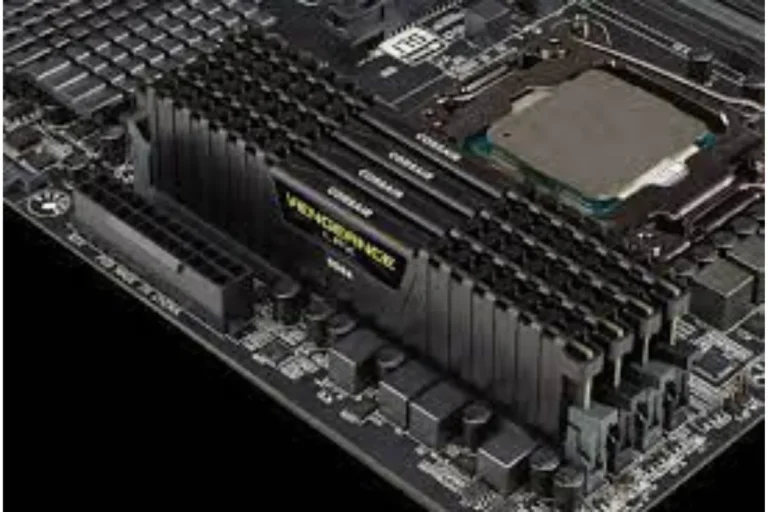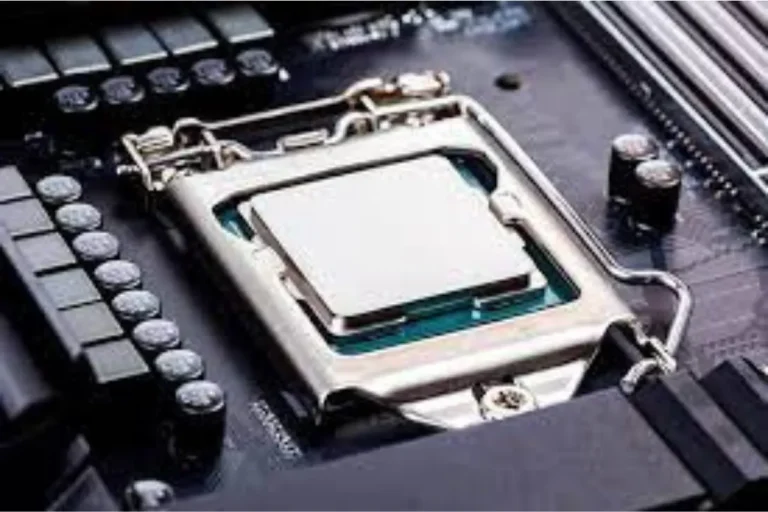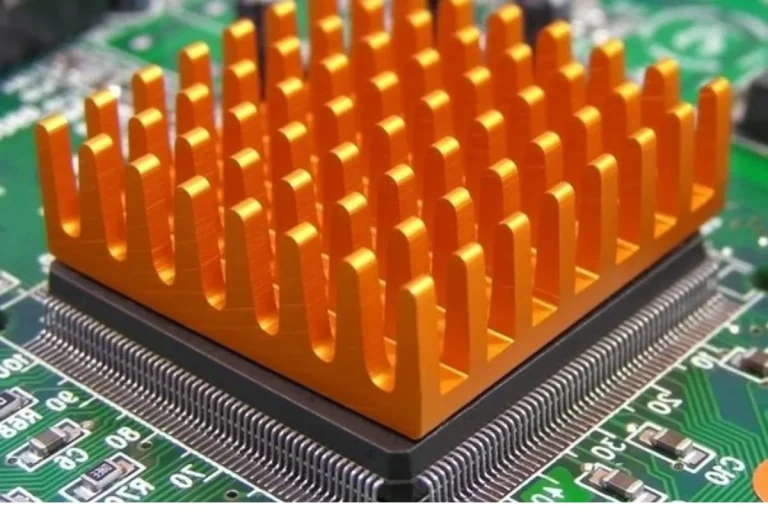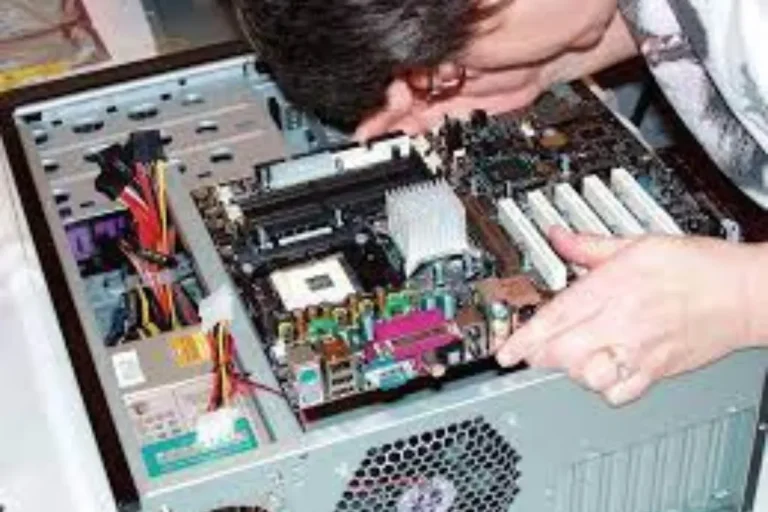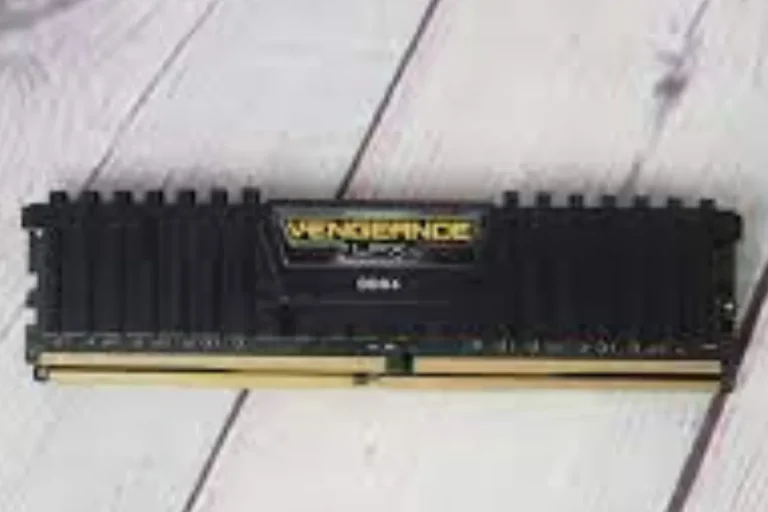How do I check if my motherboard drivers are up to date?
Are you wondering if your motherboard drivers are up to date? Keeping your motherboard drivers updated is crucial for optimal performance and stability. In this guide, we’ll show you how to easily check if your motherboard drivers are up to date, ensuring your computer runs smoothly.
Visiting the Manufacturer’s Website
When it comes to updating your motherboard drivers, it’s essential to go straight to the source – the manufacturer’s website. Following these simple steps will guide you through the process effortlessly.
Finding the Official Website
To begin, open your preferred web browser and search for the official website of your motherboard manufacturer. You can usually find this information by performing a quick search using the manufacturer’s name and the keyword “official website.”
Navigating to the Drivers Section
Once you’ve landed on the manufacturer’s website, look for a section dedicated to drivers or support. This section is where you’ll find the latest updates and downloads for your motherboard drivers. It may be labeled as “Downloads,” “Support,” or something similar.
Risks of Third-Party Sources
Avoid the temptation to download drivers from third-party websites. These sources may not provide the most up-to-date or legitimate drivers. There’s also a risk of downloading malware or other malicious software, which could harm your computer. Stick to the manufacturer’s website for a safe and reliable experience.
Locating and Downloading the Latest Drivers
To ensure your motherboard is running on the latest drivers, it’s crucial to know how to navigate the manufacturer’s website and find the correct driver downloads. Let’s dive into the process step by step.
Exploring Driver Categories and Versions
Within the support or downloads section, you’ll likely find various driver categories, such as chipset, audio, LAN, or BIOS. Each category represents a different component of your motherboard. Identify the specific driver category you need to update and click on it.
Selecting the Correct Driver
Within the chosen driver category, you’ll encounter different versions of the drivers. These versions typically correspond to different motherboard models and operating systems. It’s crucial to choose the correct driver that matches your specific motherboard model and operating system.
Downloading and Installing the Driver
Once you’ve selected the appropriate driver version, click on the download button or link associated with it. The driver file will usually be in a compressed format, such as a ZIP file. Save the file to a location on your computer that you can easily access.
Installing and Updating Motherboard Drivers
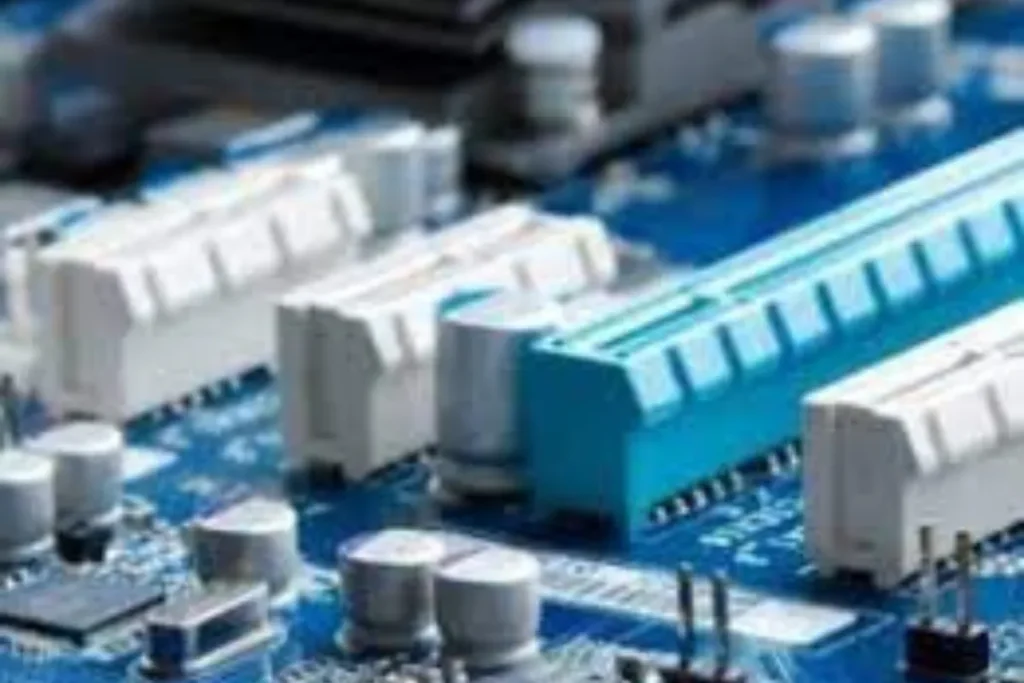
Once you’ve downloaded the latest drivers for your motherboard, it’s time to install and update them. This process ensures that your computer’s components work seamlessly and efficiently.
Locating the Downloaded Driver
Find the driver you previously downloaded from the manufacturer’s website. It’s likely saved in a location on your computer, such as the Downloads folder. Make sure you know where it is before proceeding.
Extracting the Driver Files
If the driver file is compressed (e.g., in a ZIP format), you’ll need to extract its contents. Right-click on the file and select “Extract All” or use a third-party file extraction tool. This will create a folder with the extracted driver files.
Additional Software or Tools
In some cases, the driver installation may require additional software or tools. These may include firmware updaters, utility programs, or specific software related to your motherboard. If prompted, follow the instructions provided by the installer to install any necessary additional software.
Frequently asked questions
1. Can I use third-party software to check driver versions?
Yes, there are various third-party software available that can help you check driver versions. These software often provide a more user-friendly interface and can scan your system for outdated drivers.
2. How frequently should I check for driver updates?
It is recommended to check for driver updates on a regular basis, ideally once a month or whenever you encounter issues with your hardware components. Manufacturers release driver updates periodically to address bugs, improve performance, and ensure compatibility.
3. Do all drivers need to be updated?
Not necessarily. It’s generally recommended to update drivers for critical components such as graphics cards, network adapters, and chipset drivers. These updates often provide the most significant improvements in terms of performance and compatibility.
Conclusion
In conclusion, keeping your motherboard drivers up to date is essential for optimal performance and compatibility. Regularly checking for updates ensures that your hardware components are running smoothly and securely.
By following simple steps like using Device Manager or third-party software, you can easily verify and update your motherboard drivers hassle-free. Stay ahead of the game and enjoy a seamless computing experience by keeping those drivers up to date
